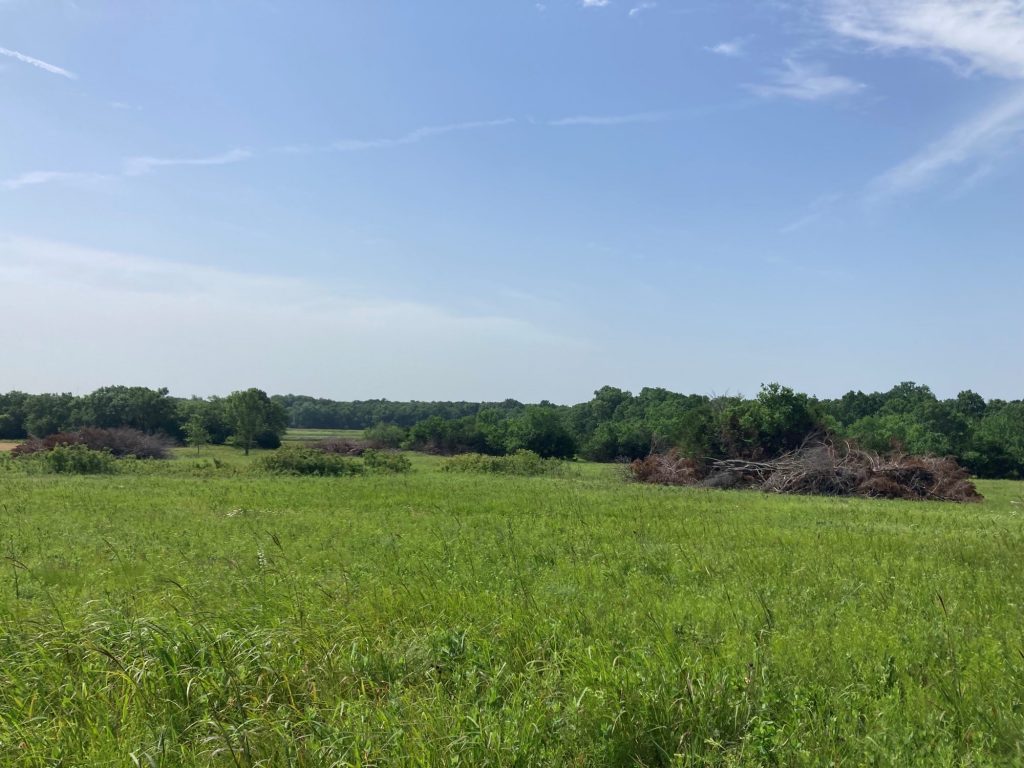Habitat Partnership Increases Opportunities for Youth
The NWTF partnered with Wolf Creek Generating Station to improve wildlife habitat, a project that will also benefit the nuclear power plant’s annual youth hunts.
Wolf Creek Generating Station, located in Coffey County, Kansas, encompasses a large swath of land that the parent company Evergy uses for wildlife management and its annual youth hunting opportunities, which include turkey, deer and waterfowl.

A section of Wolf Creek’s property, close to the John Redmond Reservoir, receives high annual precipitation that often causes flooding and rapid plant succession. During exceptionally rainy years, thousands of acres can flood, reducing the diversity in different-aged vegetation.
Wild turkeys and many other species rely on habitat that has diverse vegetation of all ages; think of a patchwork of grassy areas, openings, young forests and mature trees.
In Coffey County, where turkey harvests have been declining, it's vital to optimize habitat where possible, precisely what Wolf Creek and NWTF accomplished on the power company's property.
The NWTF Kansas State Chapter allocated money from its Super Fund to help Wolf Creek improve old-growth timber and prairie habitat near the reservoir. The work was accomplished through various forest management practices, including timber stand improvement, tree plantings and creating wildlife openings.
“Through their efforts, Wolf Creek helped reduce the amount of sediment movement into streams, removed undesirable trees and improved overall ecological value to wild turkeys and other species,” said Annie Farrell, NWTF district biologist for Texas, Kansas, Nebraska and Oklahoma. “The NWTF is proud to partner with conservation-minded companies for the greater good.”

Benefits from the land management include improved water quality; increased timber stand diversity; reduced sediment and nutrient movement into streams; and the removal of undesirable trees from forests, prairies and savanna sites to create better wildlife habitat. NWTF signs will be posted at Wolf Creek’s Environmental Education Area trailheads.
“The WCGS land management program is designed to preserve and improve working lands and wildlife habitat,” said Weston Fleming, Wolf Creek environmental biologist. “We are proud to support NWTF’s mission to improve wildlife habitat and help teach youths tenants of responsible hunting and its role in conservation. Opening our land to youth turkey hunting is our way to give back to NWTF and advance their mission.”
